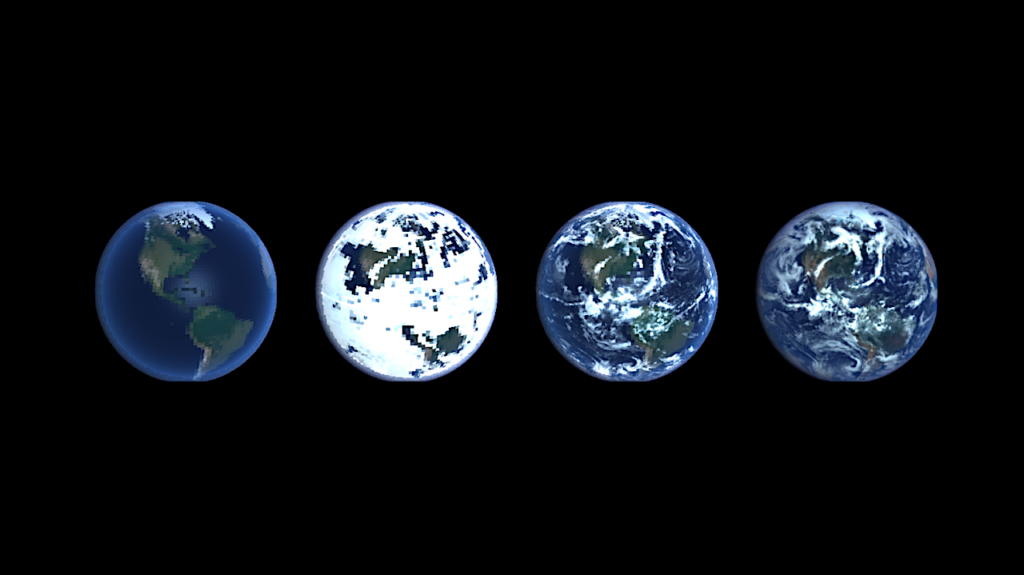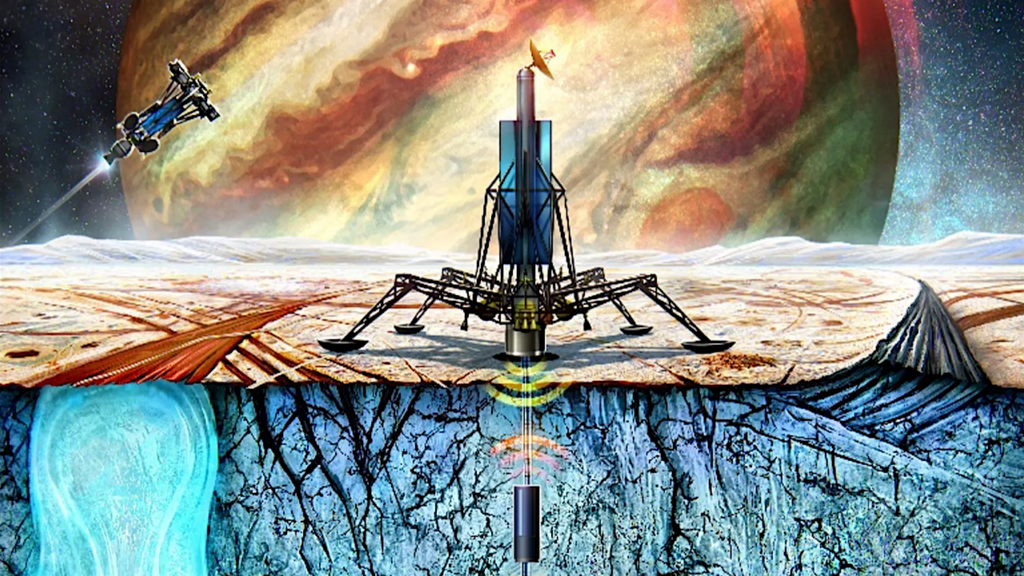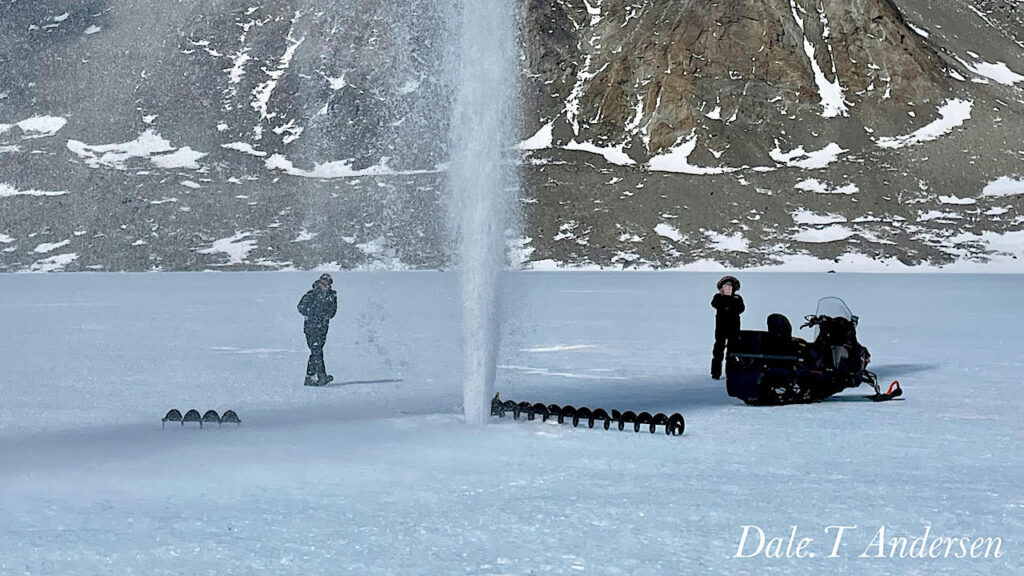NAI Director's Seminar: David Gilichinsky, "Permafrost Astrobiology: Field Expedition to Terrestrial Analogues of Martian Habitats and their Inhabitants"
Date/Time: Wednesday, December 1, 2010 11:00AM Pacific
Presenter: David Gilichinsky (Russian Academy of Sciences)
Abstract: The terrestrial cryosphere is the only widespread and rich depository of viable ancient organisms on Earth. The age of the isolates corresponds to the longevity of the frozen state of the embedding strata, with the oldest known dating back to the late Pliocene. If life ever existed on frozen extraterrestrial bodies such as Mars, traces might have been preserved and could be found at depth within Martian ice or permafrost. Permafrost on Earth and Mars vary in age, from a few million years on Earth to a few billion years on Mars. Such a difference in time scale would have a significant impact on the possibility of preserving life on Mars, which is why the longevity of life forms preserved within terrestrial permafrost can only be considered an approximate model for Mars.
I will focus on one of the terrestrial environments which are close to Mars in age – active volcanoes in permafrost areas. Here the age of volcanic deposits frozen after eruption is much younger than the age of surrounding permafrost. The same processes (past eruptions of Martian volcanoes) periodically burned through the frozen strata and formed the thermal and water oases. Simultaneously, products of eruptions (lava, rock debris, scoria, ash) rose from the depths to the surface and froze. The age of these frozen volcanic deposits is thus much younger than the age of the surrounding permafrost. Images taken by the High Resolution Stereo Camera on board the ESA Mars Express mission discovered young volcanoes 2-15 Myr old on Mars. In other words, the age of the youngest Martian volcanoes date back to the age of volcanoes on Earth.
Culture- and culture-independent methods show the presence of viable thermophilic and hyperthermophilic bacteria and their genes within pyroclastic frozen material on Earth. These bacteria and archeae have not been found in permafrost outside the areas of active volcanism. The presence of thermophilic communities in frozen ash and scoria raise questions about the origin of these microorganisms and their life style in such environments. The only way for thermophiles to get into frozen pyroclastic material is through deposition during eruption. In other words, catastrophic geological events may transport thermophiles from the depths to the surface and these thermophiles may survive at subzero temperatures.
Such terrestrial microbial communities might serve as a model for Mars, particularly for young Martian volcanoes that date back to ages close to those for terrestrial volcanoes. To explore these hypotheses we are characterizing different volcanic microbial communities on Earth within volcanic permafrost. One such area of active volcanism is the Klyuchevskaya Volcano Group (55*’N, 160*E) on the Kamchatka Peninsula in the Russian Far-East, where mountainous permafrost predominates from the elevations ~1000 m asl and up. I will describe our studies of microorganisms isolated from this area.
For more information and participation instructions: http://astrobiology.nasa.gov/nai/seminars/detail/184 [Source: NAI Newsletter]








